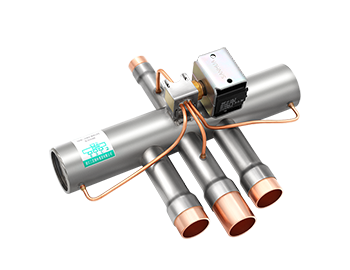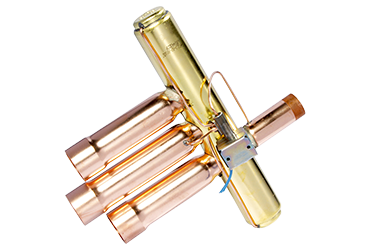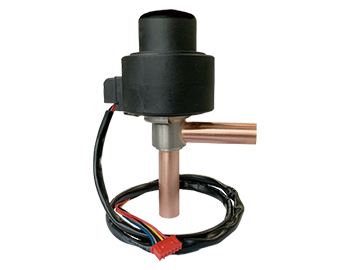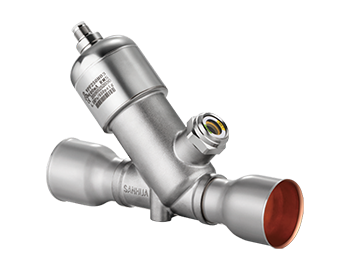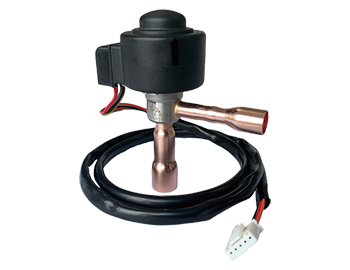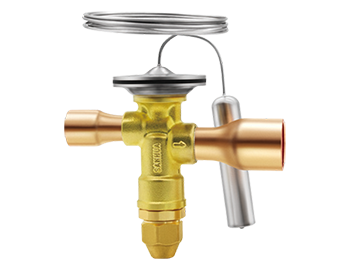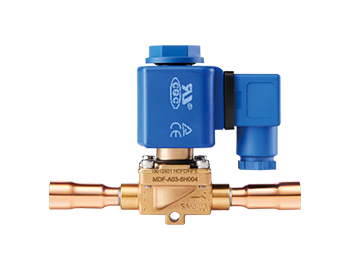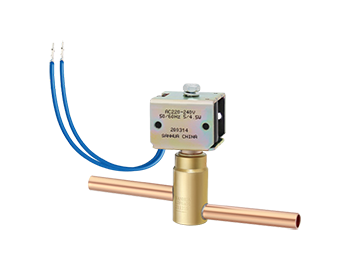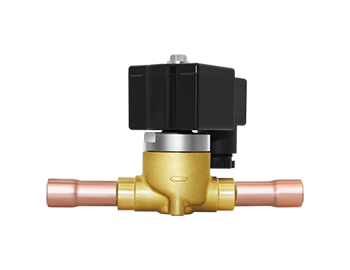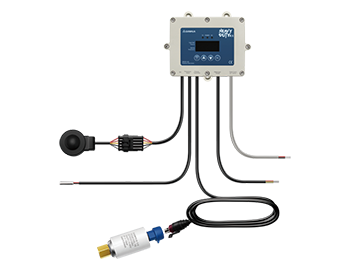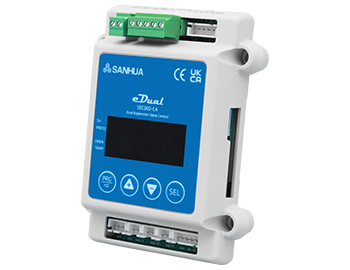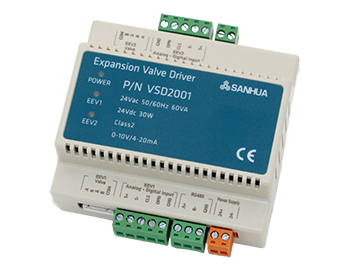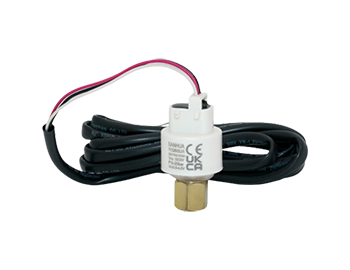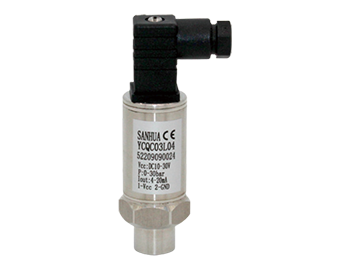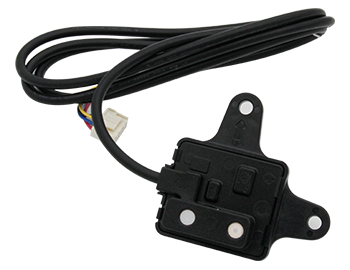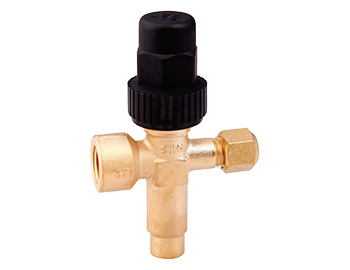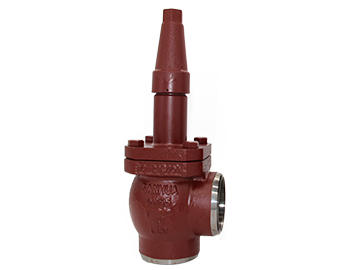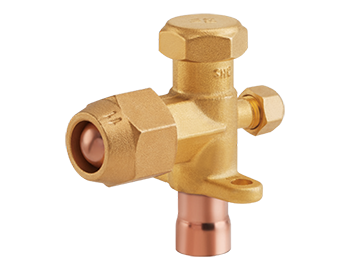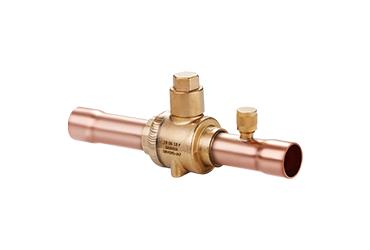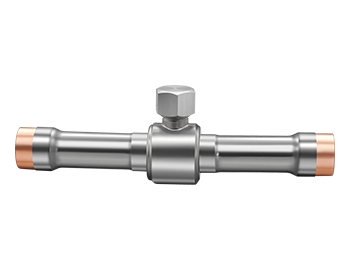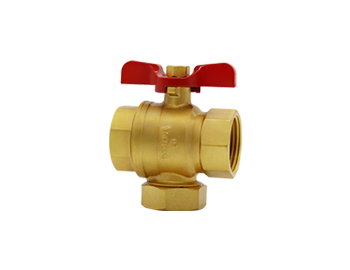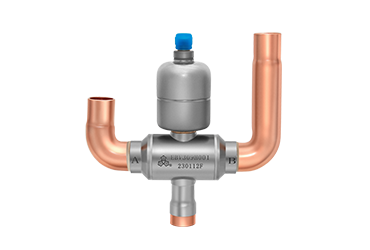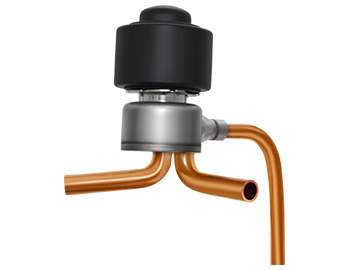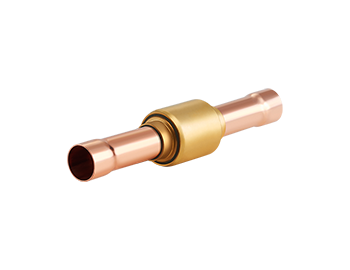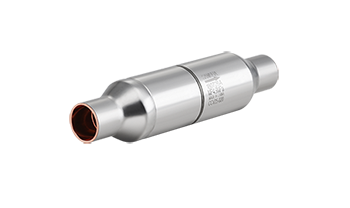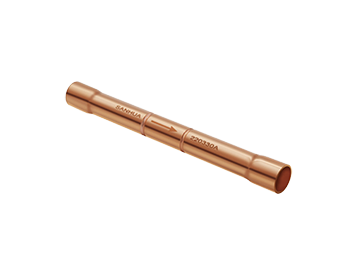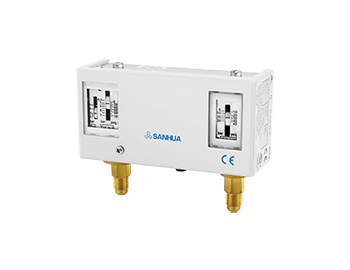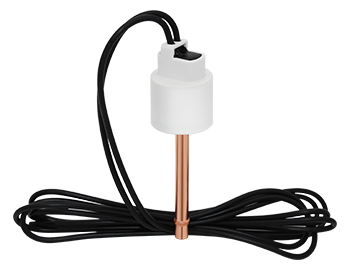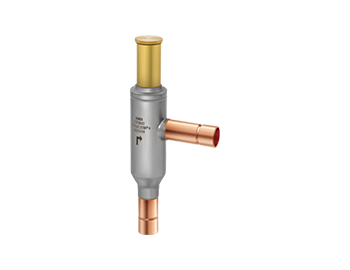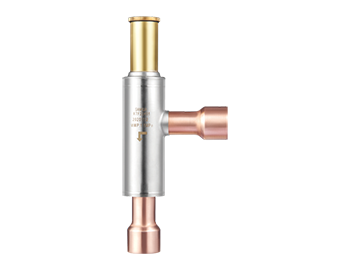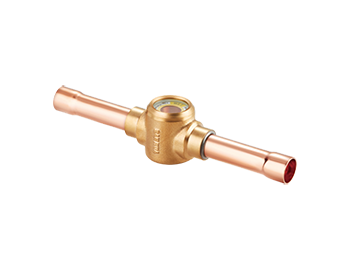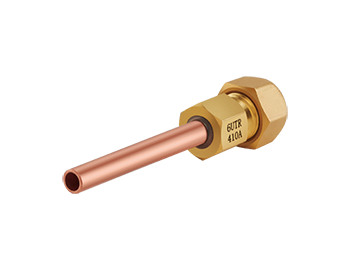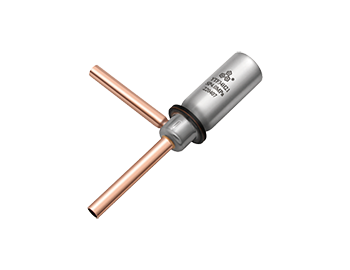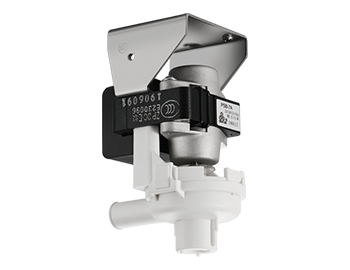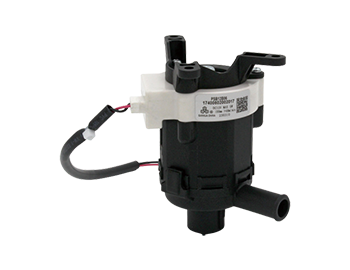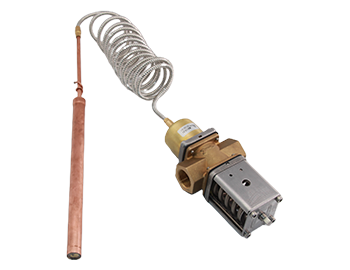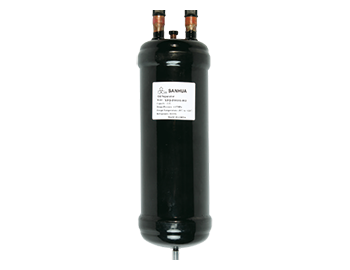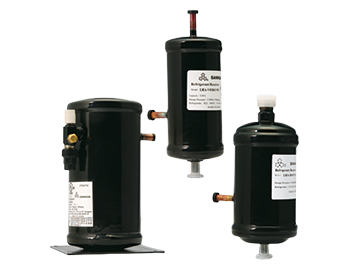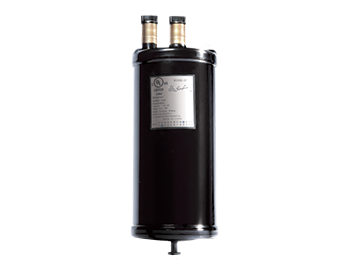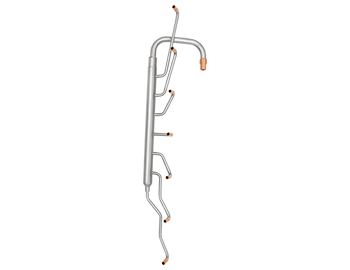In the previous artical, "stainless steel" showed off its brilliant properties, but it's clear that "aluminum" was somewhat unhappy. In 1990, Sanhua launched the first generation of automotive air conditioning thermostatic expansion valve, which marked the beginning of Sanhua's connection to aluminum products. From then on, it has been uncontrollable. Today, every forth car is equiped with a Sanhua TXV worldwide.

However, automotive air conditioning naturally uses aluminum alloy, so it can't be said to be a true "aluminum replacing copper" case. The real alternative began when Sanhua introduced micro-channel heat exchanger technology into the commercial refrigeration and air conditioning industry, replacing traditional copper tube & fin heat exchangers.

Micro-channel heat exchanger is a new type of energy-saving and environmentally friendly heat exchanger, with a core made of 100% aluminum, which is easy to recycle. Its weight is the lightest among traditional copper tube & fin heat exchangers of the same volume, being only1/3 of their weight. As a result, the refrigeration system equipped with a micro-channel heat exchanger becomes lighter, more suitable for storage (cost reduction), and more suitable for transportation (cost reduction).

When micro-channel heat exchangers are applied to refrigerated trucks or bus air conditioning, they can bring down fuel costs. When used in electric buses, they can help increase the vehicle's range. Another significant advantage of micro-channel heat exchangers is their superior heat exchange efficiency. Compared to traditional copper tube & fin heat exchangers, they improve by about 30% in the same volume. This is attributed to their unique heat exchange structure. Micro-channel heat exchangers are mainly composed of 3 major components: fins, flattened tubes, and manifold tubes. The seemingly "paper-thin" fins have many "small windows"; the ordinary flattened tubes also have hidden secrets, with numerous micropores less than millimeters in size. As a result, the heat exchange area of the refrigerant side of the heat exchanger is significantly increased compared to the tube&fin type, achieving the goal of improving heat exchange efficiency.

Since the manifold tube integrates the distribution function, it becomes highly compact. Therefore, Sanhua has developed a dual-system micro-channel heat exchanger called OPTIFLOW. In systems that previously required two sets of heat exchangers, only one set of OPTIFLOW heat exchangers is needed to meet their heat exchange requirements.

The contribution to environment by micro-channel heat exchangers is not just limited to easy recycling. In today's era where energy saving and emission reduction concepts run throughout human life, micro-channel heat exchangers are also playing their role. The small volume of the micro-channel heat exchanger allows for a reduction of up to 60% in refrigerant charging compared to traditional heat exchanger solutions, thereby reducing refrigerant usage and fundamentally achieving energy saving and emission reduction. As carbon neutrality goals are established as worldwide strategies, the high compatibility and high performance of micro-channel heat exchangers for low-GWP refrigerants also demonstrate their "superiority". Sanhua takes full advantage of the high-pressure resistance feature of micro-channel heat exchangers, developing heat exchanger solutions more suitable for CO2 and R32 refrigerant systems, significantly increasing the design pressure, thus enhancing the heat exchange performance while increasing the system's safety.
Speaking of which, if you think that "replacing copper with aluminum" is just about micro-channel heat exchangers, then you may not know enough about Sanhua. A characteristic of Sanhua employees is that after making breakthroughs in new technologies, we will quickly replicate these new technologies to other products and apply them to their full potential.
The all-aluminum brazed plate heat exchanger is a prime example.

Compared to traditional stainless steel brazed plate heat exchangers(BPHE), the weight of full aluminum BPHE can be reduced by over 40%. based on the optimization of weight and material cost, the overall energy efficiency can be increased by more than 30%. For different application scenarios, Sanhua has developed various coating solutions, significantly extending the product's service life. Sanhua full-aluminum BPHEs are widely used in areas such as VRF economizers, heat pump economizers, and E-bus battery cooling systems.
Since light weight is one of the major characteristics of aluminum, is it possible to further replace steel and iron besides replacing copper? If you really think so, congratulations, you have learned to think divergently. Sanhua people have proposed the concept of aluminum liquid receiver, and after unremitting efforts, the aluminum liquid receiver has been greatly successful, aiming directly at the weight-conscious transport refrigeration industry.

If you actively thinking, follow our thoughts, and combine your actual situation, new questions may arise. What if the system piping connected to the aluminum part is still made of copper? The chemical 'potential difference' between copper and aluminum will cause rapid corrosion when the copper-aluminum welding parts are exposed to the air (moisture).
To explain the concept of 'potential difference', Sanhua has to bring out the periodic table of elements from her junior high school chemistry textbook. Chemically, the sequence of metals from high to low potential is lead, copper, stainless steel, steel, aluminum and zinc. The greater the potential difference between two metals, the more likely electrochemical corrosion will occur when they come into contact.
In the past, people have wrapped heat-shrink tubes around the copper-aluminum welding position to isolate the air, but this is not the best solution. Sanhua solution is the 'copper-steel-aluminum pipeline'.

Copper and aluminum are like an arguing couple, when they can't live together, the uncle "stainless steel" comes along to coordinate, and then all the problems are solved. The potential difference between stainless steel and copper is smaller, and the potential difference between stainless steel and aluminum is also small. This is Sanhua aluminum pipeline component technology, and the heat-shrink tube can be cancelled.




